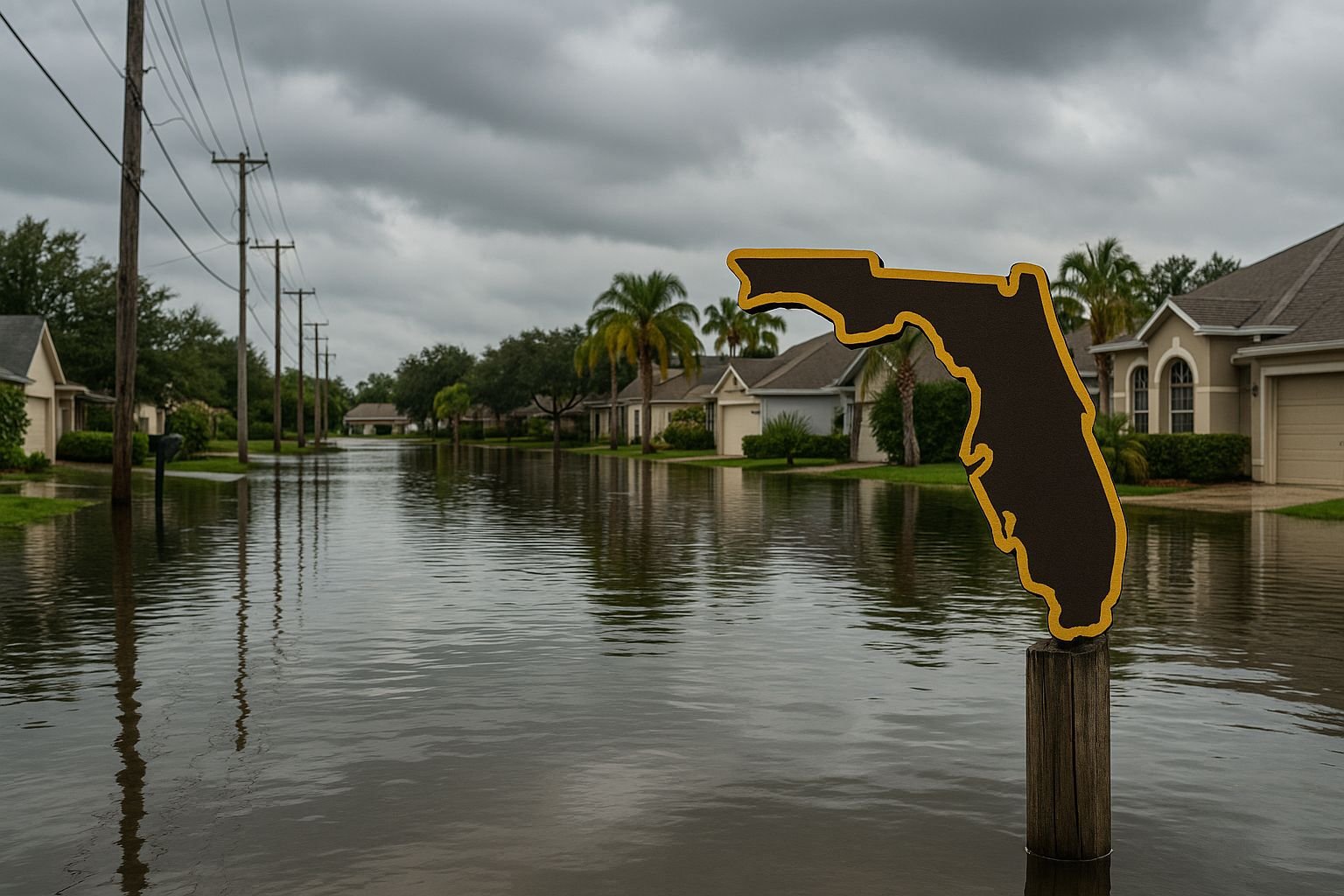What cities in Florida are at risk of flooding?
Florida's geography and climate contribute to it being one of the most flood-exposed states in the U.S. With sea levels rising, more intense storms, and heavy rainfall events on the increase, knowing which cities are at the greatest risk of flooding is critical for residents, homeowners, and local governments. This blog discusses the Florida cities most at risk of flooding, the reasons why they are at risk, and practical measures to prepare and protect homes and communities.
Why Flooding Is a Growing Threat in Florida
Florida's low elevation, long coastline, and permeable limestone bedrock make it prone to flooding. The most important factors that are raising flood risk are:
Sea Level Rise: Coastal communities experience increased tides and more frequent "sunny day" flooding.
Storm Surge: Hurricanes and tropical storms drive ocean water ashore, resulting in sudden flooding.
Heavy Rainfall: Heavy precipitation events overwhelm drainage systems.
Urban Development: More impervious surfaces diminish natural rainwater absorption.
Groundwater Rise: Increased water tables lead to flooding without rain.
Cities Most at Risk of Flooding
Cape Coral
Cape Coral is ranked as Florida's floodiest city. It has more than 400 miles of canals and much of the city constructed mere five feet above sea level, making it vulnerable to storm surge and heavy rain. Sea level rise of approximately 4 millimeters annually worsens the situation, posing threats to residential land and infrastructure.
Miami
Miami is widely considered one of the most vulnerable coastal cities in the U.S. Its low elevation, dense urban development, and exposure to hurricanes make it prone to flooding. Nearly 73% of buildings in Miami face significant flood risk, including storm surge, high tide flooding, and river flooding. Miami Beach and downtown areas are especially affected.
Tampa
Tampa's Gulf Coast location puts it at risk from storm surges and excessive rain. The city has thousands of properties that are at significant flood risk, with flooding commonly affecting roads and neighborhoods during storms. Tampa is likely to experience more frequent heavy rainfall events by 2050.
Jacksonville
While further north, Jacksonville is susceptible because it's along the St. Johns River and near the coast. River overflow and storm surge flooding impact numerous neighborhoods, and rising seas augment tidal flooding hazards.
Fort Lauderdale
Like Miami, Fort Lauderdale sees regular flooding, especially in canalside and coastal communities. More frequent floods are brought on by rising sea levels and severe storms.
Other Noteworthy Areas
Tampa Bay Area: St. Petersburg and Clearwater included, these are subject to storm surge and rain flooding.
Naples and Marco Island: Low-lying Southwest Florida municipalities that are subject to hurricanes and flooding.
The Florida Keys: Highly flood-exposed because of low elevation and exposure.
Orlando and Central Florida: Flash flooding due to heavy storms affects inland areas.
Pensacola and the Panhandle: Gulf Coast cities subject to flood hazards from hurricanes.
Sarasota and Bradenton: Lowland coastal cities that experience frequent flooding.
St. Augustine: Old city with outdated drainage systems that are susceptible to flooding.
What Residents Can Do to Prepare
Know Your Risk: Utilize FEMA flood maps and applications such as Flood Factor to determine your property's risk.
Flood Insurance: Purchase flood insurance, particularly if located in a high-risk area.
Property Protection: Raise homes, place flood barriers, and service drainage systems.
Emergency Planning: Have emergency supplies and evacuation plans available.
Community Engagement: Engage with local adaptation and resilience efforts.
Clean and Safe Environment Importance
Floods are capable of devastating property and inflicting health hazards like mold contamination. During or after floods, cleanliness is highly important. Either as a home owner or as a renter, having an access to a good cleaner helps restore the house to safety and comfort,visit our website.
Florida's flood threat is localized in coastal and low-lying municipalities such as Cape Coral, Miami, Tampa, Jacksonville, and Fort Lauderdale. Sea level rise, storm surges, and excessive rainfall contribute to flooding as a mounting threat across the state. Being aware and prepared is critical to safeguard lives and property.
For more comprehensive flood risk evaluations, preparedness advice, and local resources, visit our website. Staying proactive can assist you in meeting Florida's flood challenges head-on.
